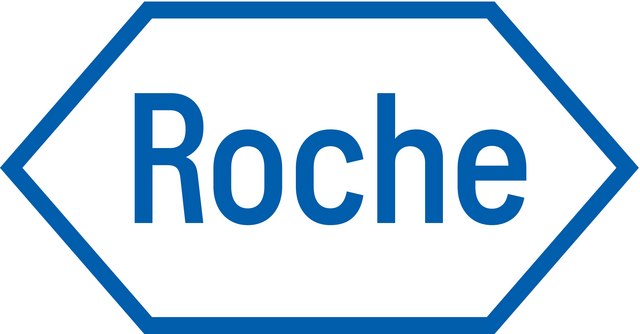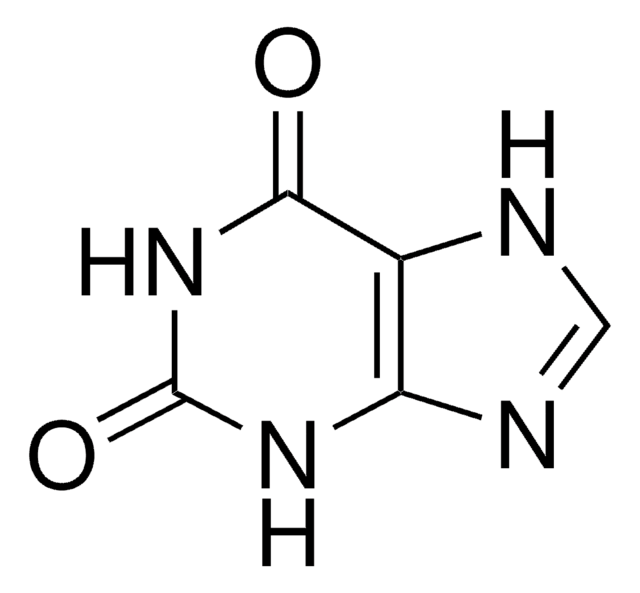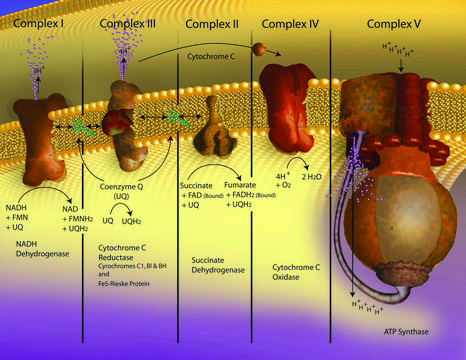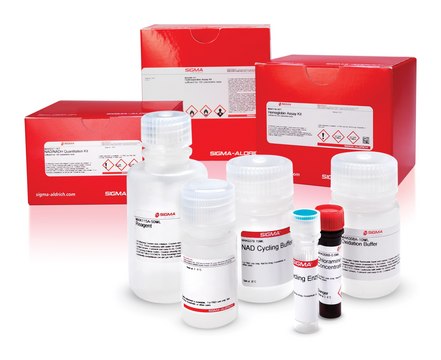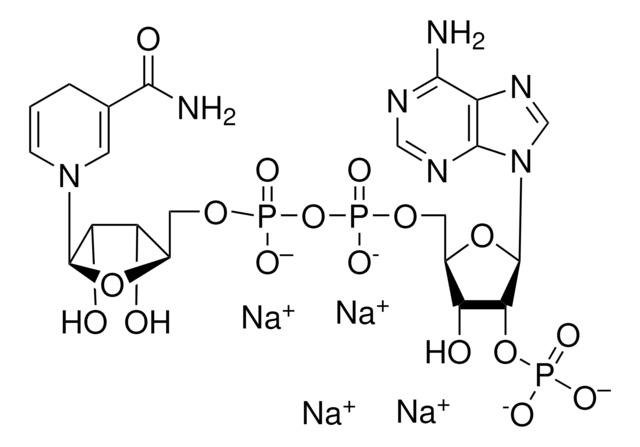X1875
Xanthine Oxidase from bovine milk
Grade I, ammonium sulfate suspension, ≥0.4 units/mg protein
Synonyme(s) :
XOD, Xanthine:oxygen oxidoreductase
Se connecterpour consulter vos tarifs contractuels et ceux de votre entreprise/organisme
About This Item
CAS Number:
Numéro CE :
1.17.3.2.
Numéro CE :
Numéro MDL:
Code UNSPSC :
12352204
Nomenclature NACRES :
NA.54
Produits recommandés
Type
Grade I
Niveau de qualité
Forme
ammonium sulfate suspension
Activité spécifique
≥0.4 units/mg protein
Activité étrangère
uricase ≤0.5%
Conditions d'expédition
wet ice
Température de stockage
2-8°C
Vous recherchez des produits similaires ? Visite Guide de comparaison des produits
Description générale
enthält auch proteolytische Aktivität
Xanthine Oxidase (XOD) is a metal flavoprotein. It has flavin adenine dinucleotide (FAD), molybdenum and iron in the ratio 2:2:8. This homodimer has a molecule weight of 290kDa. It is a member of the molybdenum-protein family. This enzyme consists of two separated substrate-binding sites.
Application
Xanthine Oxidase from bovine milk has been used:
- in the preparation of xanthine oxidase (XO) solution for 5-(diethoxyphosphoryl)-5-methyl-1-pyrroline-N-oxide (DEPMPO)-spin trapping assay
- in in vitro XO assay for screening Vietnamese medicinal plants for XO inhibitory activity
- as a standard to determine XO activity
- as a standard to test the synergistic effect of docosahexaenoic acid (DHA)
Actions biochimiques/physiologiques
Hydroxylation of hypoxanthine to xanthine and xanthine to uric acid is catalyzed by xanthinebb oxidase (XO) enzyme.
Xanthine oxidase is a molybdenum-containing enzyme that is found in the cytosol, and may be strongly inhibited by flavonoids. It plays a vital role in the metabolism of some drugs, as well as purines and pyrimidines. It is also known to be a biological source of reactive oxygen species.
Xanthine oxidase was shown to be involved in the reduction of cytochrome c by the generation of superoxide anions following the oxidation of xanthine. These free radicals are responsible for reducing cytochrome c.
Définition de l'unité
One unit will convert 1.0 μmole of xanthine to uric acid per min at pH 7.5 at 25 °C. Approx. 50% of the activity is obtained with hypoxanthine as substrate.
Forme physique
Suspension in 2.3 M (NH4)2SO4 containing 1 mM sodium salicylate
Remarque sur l'analyse
Protein determined by biuret
Mention d'avertissement
Danger
Mentions de danger
Conseils de prudence
Classification des risques
Resp. Sens. 1
Code de la classe de stockage
11 - Combustible Solids
Classe de danger pour l'eau (WGK)
WGK 3
Point d'éclair (°F)
Not applicable
Point d'éclair (°C)
Not applicable
Équipement de protection individuelle
Eyeshields, Gloves, type N95 (US)
Faites votre choix parmi les versions les plus récentes :
Déjà en possession de ce produit ?
Retrouvez la documentation relative aux produits que vous avez récemment achetés dans la Bibliothèque de documents.
Les clients ont également consulté
Notre équipe de scientifiques dispose d'une expérience dans tous les secteurs de la recherche, notamment en sciences de la vie, science des matériaux, synthèse chimique, chromatographie, analyse et dans de nombreux autres domaines..
Contacter notre Service technique
